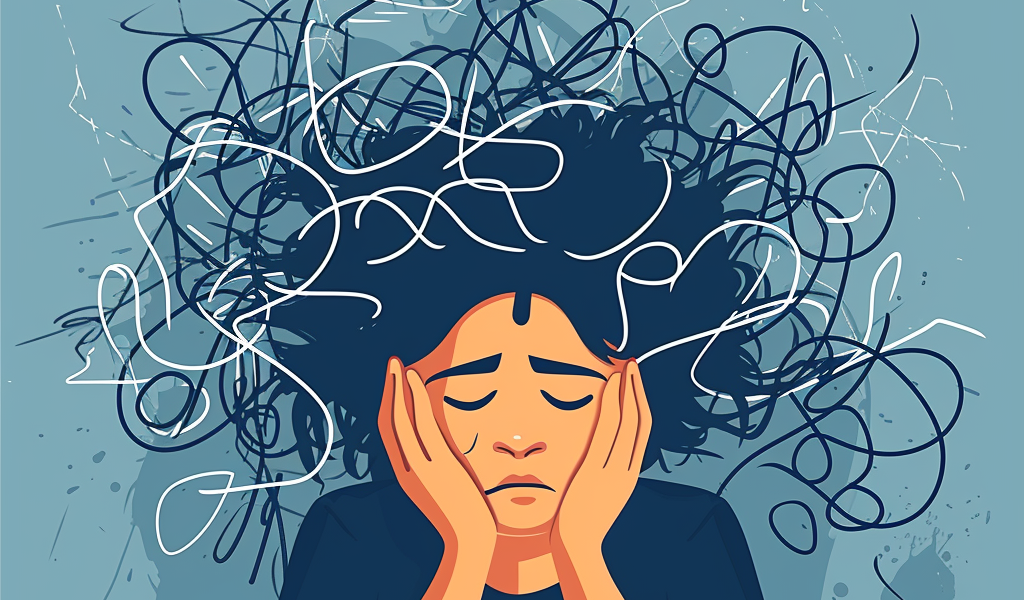Signs and Symptoms of Generalized Anxiety Disorder
As you navigate life’s stressors and challenges, it’s normal to experience some level of anxiety. People with generalized anxiety disorder (GAD), however, often feel excessive feelings of worry, dread, and fear regardless of the circumstances. This means people with GAD feel high levels of anxiety about smaller, everyday situations in addition to major stressors.
People with GAD may always be thinking of the “worst case scenario,” worrying about things that haven’t happened, and have some trouble calming their minds. Along with excessive worry, GAD can cause physical symptoms like muscle tension, stomachaches, and fatigue.
While the condition can develop in children, GAD often occurs during adulthood. Anxiety disorders are the most common type of mental health condition, and about 6% of adults in the U.S. will experience GAD at some point in their lives. That’s why knowing the symptoms and understanding when to seek care can be so crucial.
Hallmark Symptoms
The hallmark symptom of generalized anxiety disorder is excessive worry that feels out of control. These feelings of worry aren’t always due to major life stressors. Rather, people with GAD feel excessive anxiety with everyday circumstances, such as job performance, chores, getting to appointments, and the well-being of friends and family.
GAD can cause you to feel anxious or dreadful no matter the actual circumstances. For example, someone with GAD may worry about their job security despite recently getting a good performance review or panic about running late for an appointment despite leaving the house on time. These feelings often interfere with your quality of life and ability to perform daily activities.
Emotional and Cognitive Symptoms
GAD affects how you think and feel about everyday circumstances, which may cause a variety of emotional (mood-related) and cognitive (thought-related) symptoms. These symptoms may include:
- Racing and uncontrollable negative thoughts
- Trouble concentrating
- Feeling nervous
- Difficulty relaxing or calming the mind
- Feeling “on edge”
- Getting startled easily
- Being tired often
- Having irritability
Physical Symptoms
It’s common to think that mental health conditions only cause symptoms that affect your brain. But, several mental health disorders—including GAD—can also affect your body. If you have GAD, you may also notice the following set of physical symptoms:
- Restlessness (having a hard time sitting still)
- Headaches
- Muscle tension
- Stomachaches
- Difficulty breathing
- Nausea
- Trouble swallowing
- Twitching
- Excessive sweating
- Feeling lightheaded
- Having to go to the bathroom frequently
Behavioral Symptoms
Because GAD affects your thoughts, mood, and body, it’s comm





